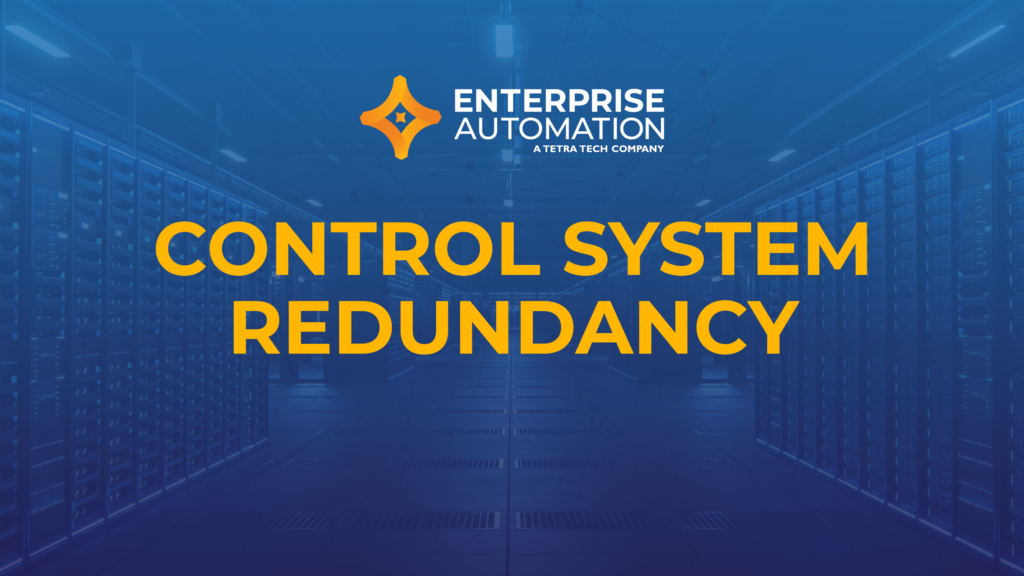Who Pays Redundancy Money? Understanding Employer Responsibilities in the UK
Who Pays Redundancy Money? Understanding Employer Responsibilities in the UK
Blog Article
Checking Out the Operational Dynamics of Firm Redundancy and Its Long-Term Sustainability
Redundancy Approaches for Company Connection
In order to make sure continuous procedures, organizations should implement effective redundancy strategies for company continuity. Redundancy in this context describes the replication of essential elements or features within a system to reduce the influence of potential failures. By including redundancy strategies, organizations can improve their strength against interruptions caused by different variables such as natural catastrophes, devices failings, or cyber-attacks.
One common redundancy method is the execution of back-up systems and information storage space services. This entails developing matches of important data and systems that can be triggered in situation of a primary system failure. In addition, companies can develop repetitive communication channels and source of power to maintain connection and procedures throughout unexpected events.
Furthermore, cross-training workers to carry out numerous duties within the firm can act as a beneficial redundancy strategy. This guarantees that necessary tasks can still be executed even if crucial workers are not available due to disease or various other factors. Generally, reliable redundancy methods are necessary for services to support operational continuity and decrease the effect of potential disturbances.
Effect of Redundancy on Organizational Resilience
Given the important role redundancy methods play in guaranteeing service connection, exploring the impact of redundancy on business resilience becomes necessary for understanding the alternative operational dynamics of a business. Redundancy, when purposefully applied, can substantially contribute to enhancing an organization's durability in the face of unforeseen difficulties.
In addition, redundancy can promote development and creativity within a company as workers feel encouraged to take computed risks, recognizing that there is a safety and security internet to support them in instance of failure. On the whole, the influence of redundancy on organizational resilience is extensive, shaping the lasting sustainability and success of a business.
Balancing Performance and Versatility in Redundancy
Achieving an unified equilibrium in between operational performance and adaptive adaptability is a critical challenge in the calculated deployment of redundancy within companies. Efficient procedures are important for keeping productivity and cost-effectiveness, ensuring that resources are made use of efficiently. Nonetheless, index excessive focus on performance alone can result in strength, making it challenging for companies to adapt to unpredicted changes or difficulties. On the various other hand, flexibility enables companies to respond nimbly to progressing circumstances, promoting advancement and resilience. Yet, as well much adaptability without a strong operational foundation can lead to inadequacies and inconsistency.
To balance efficiency and versatility in redundancy planning, organizations need to meticulously assess their operational needs, market dynamics, and critical objectives. Carrying out lean techniques can boost efficiency by getting rid of and Discover More Here improving processes waste, while fostering a culture of adaptability and continuous renovation can enhance adaptability. In addition, buying cross-training programs and durable communication channels can aid grow a functional workforce capable of handling varied jobs throughout periods of transition. Inevitably, locating the ideal balance between performance and adaptability is vital for developing a sustainable and resilient organization in the face of unpredictability.
Long-Term Sustainability With Redundancy Planning
To guarantee long-lasting stability and stability, organizations need to purposefully straighten their redundancy planning with long-term sustainability goals, thus integrating functional efficiency with adaptive flexibility. Companies ought to check out redundancy not as a responsive option to immediate troubles however as a positive method for long-lasting success.
Aggressive Steps for Sustainable Firm Procedures
How can companies proactively enhance their operational sustainability for lasting success? Carrying out proactive measures is important for companies intending to make certain lasting operations.
Additionally, promoting a culture of continuous improvement and understanding within the company can improve adaptability to changing market problems and client demands. Urging worker involvement in decision-making procedures and supplying chances for professional growth can improve basics morale, productivity, and total performance. Establishing clear objectives, keeping an eye on essential performance signs, and on a regular basis assessing progress are essential elements of proactive sustainability monitoring.
Working together with suppliers, consumers, and other stakeholders to advertise lasting practices throughout the supply chain can develop a ripple result of positive influence - redundancy pay if company goes bust. By taking aggressive steps in the direction of operational sustainability, firms can construct durability, drive development, and safeguard their long-term success in an ever-evolving service landscape
Conclusion

In the world of organizational monitoring, the tactical release of business redundancy stands as a pivotal yet detailed method that demands a delicate equilibrium between functional efficiency and lasting practicality. By studying the operational characteristics that underpin company redundancy and examining its broader ramifications for organizational resilience and versatility, a nuanced understanding of exactly how redundancy techniques can shape the future trajectory of a business starts to unfold.Provided the crucial duty redundancy strategies play in making sure business continuity, discovering the impact of redundancy on organizational strength becomes necessary for understanding the alternative functional characteristics of a company. In general, the influence of redundancy on business resilience is profound, forming the lasting sustainability and success of a company.
In conclusion, comprehending the functional characteristics of firm redundancy is essential for guaranteeing long-lasting sustainability.
Report this page